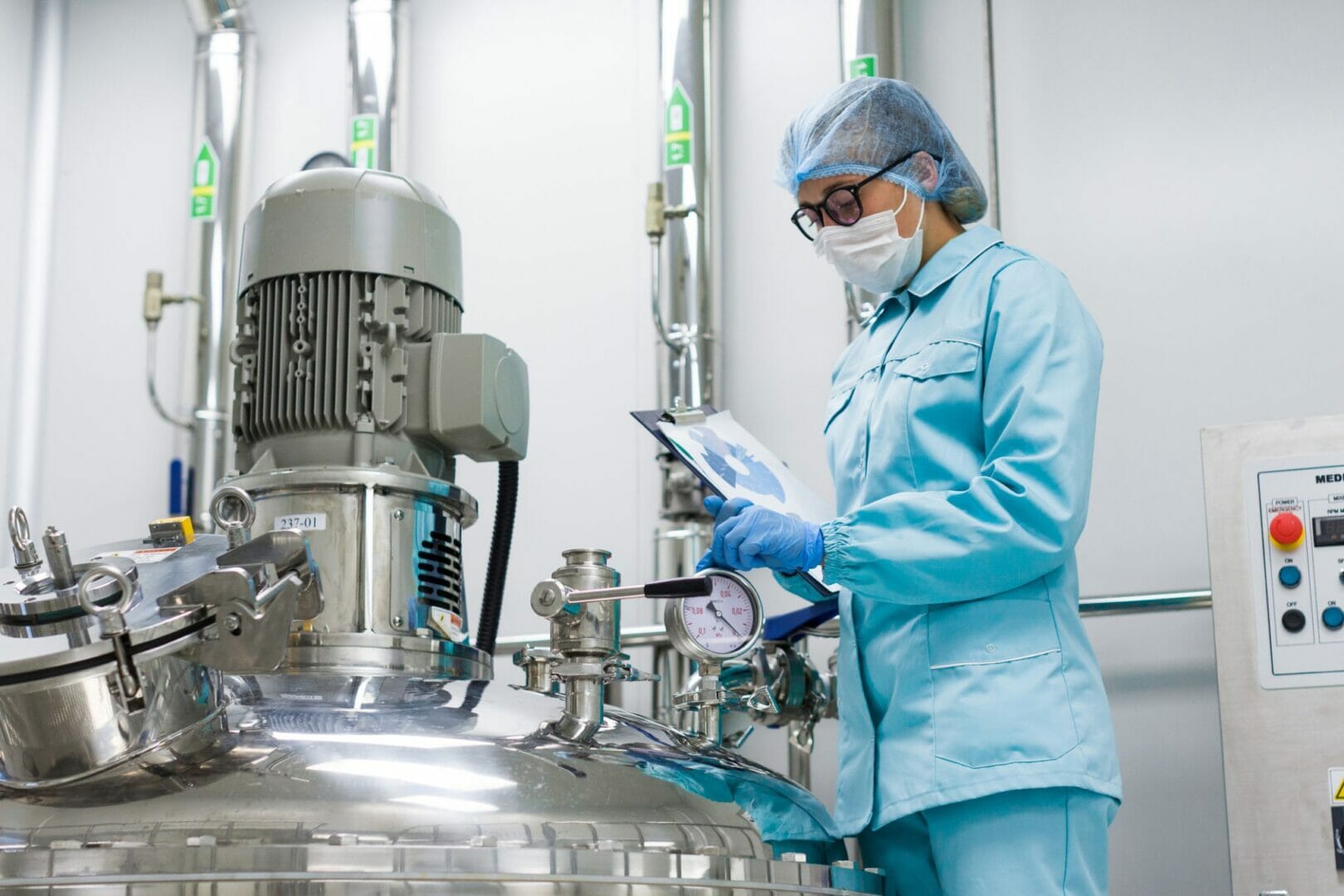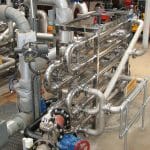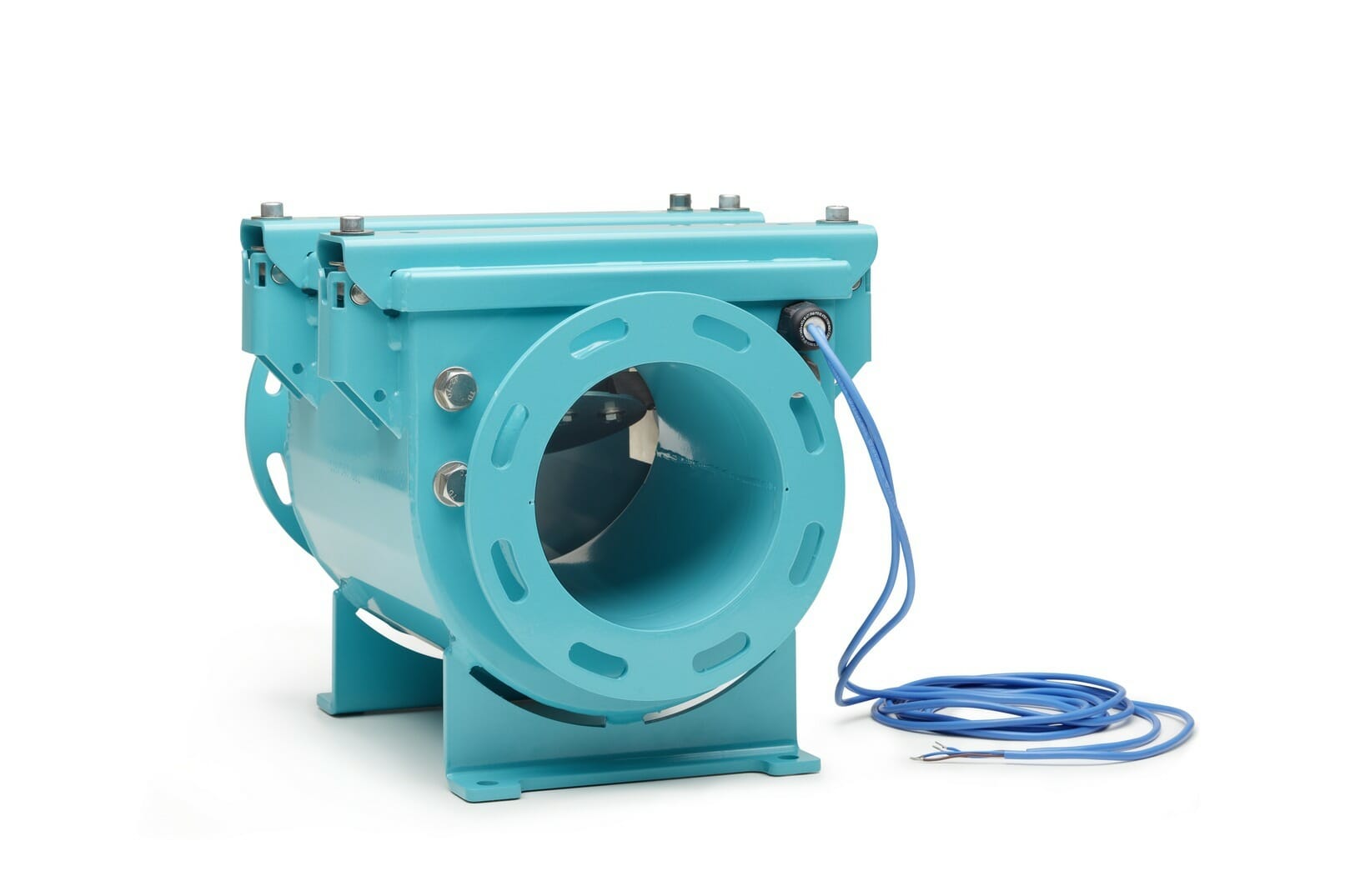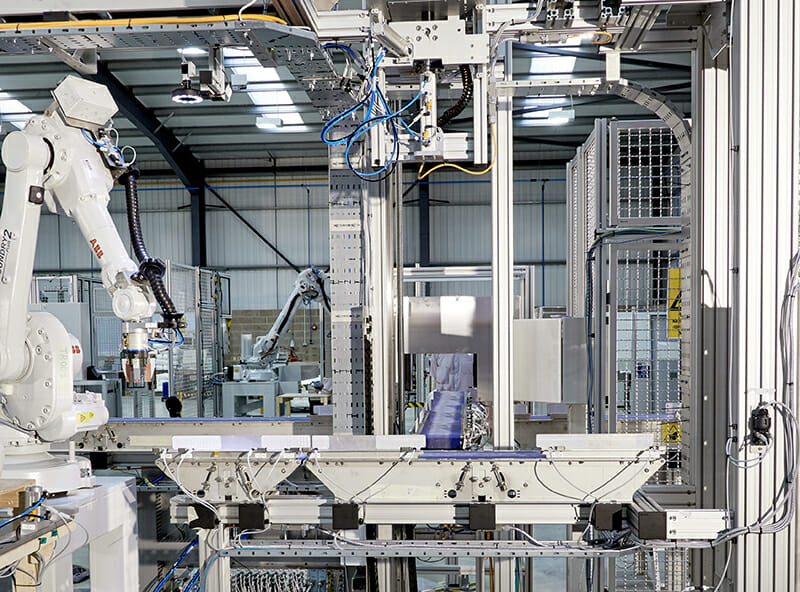The global ceramic bearings market set to grow at a CAGR of around eleven per cent between 2017 and 2023, with lab equipment representing a key application for this growth. Chris Johnson, managing director of ceramic bearing specialist SMB Bearings, examines the link between ceramic bearings sales and the output of successful scientific research.
Ceramic bearings are in high demand. Scientific and engineering end-users are showing the most interest in using these bearings for lab equipment. But, why ceramic?
Full ceramic bearings offer the corrosion resistance and high-temperature endurance that steel bearings cannot match. Made from entirely silicon nitride or zirconia, sometimes with PEEK or PTFE retainers, full ceramic bearings can endure highly corrosive environments at extreme temperatures.
Here are three of many examples of scientific research that are improving due to the availability of high-quality ceramic bearings.
Cryogenic research
As well as corrosive resistance, ceramic bearings also cope well with very high and low temperatures. One area of scientific research that is boosting demand for ceramic bearings is cryogenics, the study of materials at extremely low temperatures.
For bearings, extreme low temperatures have detrimental effects on the viscosity of the lubrication and the brittleness of the steel. Ceramic bearings are often used without lubrication in cryogenic pumps, enabling researchers to evade the issues of viscosity.
Magnetic resonance imaging
Typically associated with hospital MRI scanners, this technology is also used in scientific research by using a strong magnetic field to generate two and three-dimensional images of any living subject.
Equipment used in these scanners must be non-magnetic, which instantly renders steel bearings unsuitable. Non-magnetic ceramic bearings can be used inside the MRI scanner and in any supporting equipment.
Cleanroom studies
While everyone entering a cleanroom must wear protective clothing, ceramic bearings must offer similar levels of protection to lab equipment. Steel bearings contain lubrication that can disperse into the environment, often referred to as “outgassing”. Full ceramic bearings, however, can run without lubrication as they do not suffer heat build-up within the bearing. Running the bearings dry completely eradicates concerns over outgassing.
The global ceramic bearing market size represents something much bigger than increased bearing sales, but the ability to bolster the output of new scientific devices, without the fear of bearing corrosion or failure.








